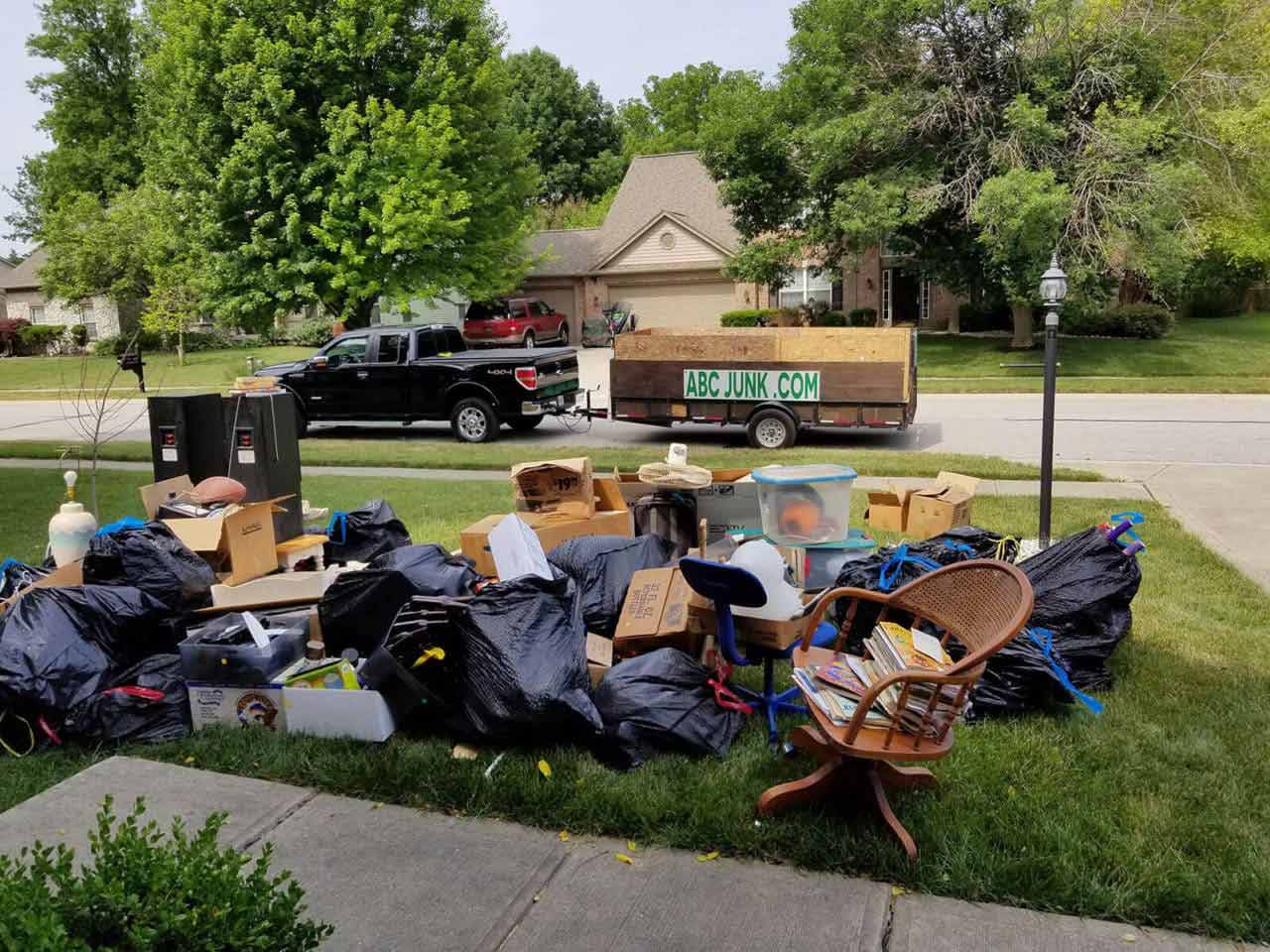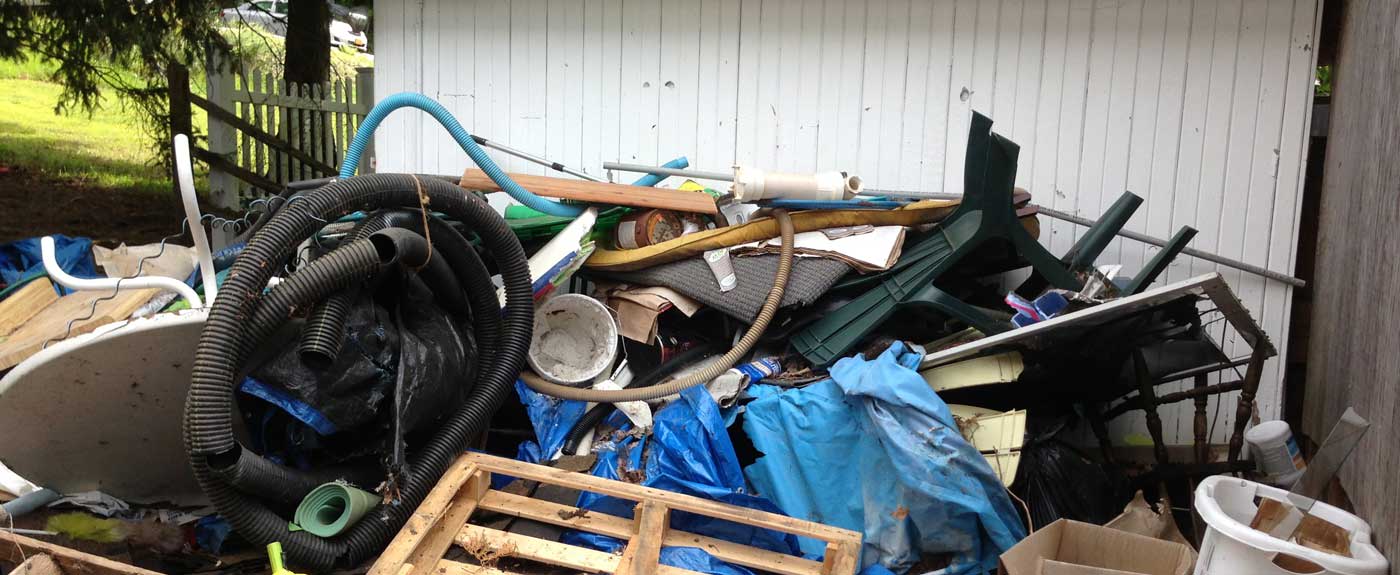Commercial Junk Removal Atlanta: Expert and Timely Solutions
Wiki Article
Expert Waste Administration Methods Tailored for Industrial Setup
Customizing waste management approaches to suit the unique demands of commercial settings is not just beneficial yet vital for preserving functional performance and ecological sustainability. The pursuit for enhanced waste monitoring in industrial settings entails a thorough technique that balances governing conformity, cost-effectiveness, and environmental responsibility.Relevance of Tailored Waste Administration
Customized waste monitoring methods are crucial in commercial setups to optimize resource utilization and lessen environmental impact. Industrial procedures generate a significant quantity of waste, ranging from solid by-products to chemical toxins, positioning a hazard to the atmosphere otherwise taken care of successfully (Residential junk removal atlanta). By tailoring waste administration techniques to suit the certain demands and obstacles of each commercial center, companies can not just abide with regulations however likewise improve functional performance and sustainabilityOne trick facet of tailored waste monitoring is performing a comprehensive waste analysis to recognize the kinds and volumes of waste created. This analysis allows business to execute targeted options such as reusing programs, waste segregation procedures, and waste-to-energy efforts. By recognizing the structure of their waste streams, commercial facilities can develop cost-effective techniques to lower waste generation at the source, bring about long-lasting environmental advantages.

Kinds Of Hazardous Waste
What are the different classifications of industrial waste generally created in producing procedures? Industrial waste can be classified into a number of major groups based upon its structure and characteristics. Hazardous waste is among one of the most vital types, including chemicals, solvents, heavy metals, and other products that position a threat to human wellness or the setting. This category frequently requires unique handling and disposal methods to protect against contamination and ensure security.Another usual type of commercial waste is non-hazardous waste, which incorporates materials like paper, plastics, and product packaging waste. While non-hazardous waste might not position instant risks, appropriate management is still important to lower landfill use and promote recycling and sustainability methods.

Hazardous Waste Handling Procedures
Effective administration of contaminated materials in industrial settings necessitates strict adherence to developed managing procedures to alleviate dangers and make certain environmental security. Contaminated materials handling treatments entail numerous vital steps to minimize the prospective influence on human health and the environment. Firstly, appropriate recognition and classification of contaminated materials are essential. This consists of Web Site figuring out the characteristics of the waste to identify the appropriate handling, storage space, and disposal techniques.Second of all, as soon as identified, unsafe waste needs to be very carefully segregated from non-hazardous waste to stop contamination and make certain appropriate therapy. Storage space of contaminated materials ought to abide with guidelines concerning control, labeling, and compatibility to avoid leakages, spills, or other cases that can jeopardize workers or the setting.
Moreover, handling procedures should consist of using individual protective equipment, worker training, and emergency feedback protocols. Normal assessments, surveillance, and documents of contaminated materials handling tasks are vital to preserving compliance and recognizing locations for enhancement. By complying with these structured procedures vigilantly, commercial facilities can successfully manage contaminated materials and promote their commitment to environmental stewardship.
Applying Reliable Recycling Practices

To carry out efficient reusing practices, commercial centers must initially perform a waste audit to identify the kinds and quantities of recyclable materials produced in their procedures. Based on this audit, firms can after that web develop designated recycling terminals, supply appropriate training to workers on appropriate sorting strategies, and work together with relied on recycling partners for the collection and processing of products. In addition, setting specific reusing objectives, tracking progression, and frequently interacting with staff about the importance of recycling are essential steps to make certain the success and sustainability of recycling initiatives in commercial settings.
Monitoring and Continuous Enhancement
To make certain the performance and sustainability of waste administration approaches in commercial setups, the execution of robust tracking and constant enhancement procedures is necessary. Tracking includes tracking vital performance indicators (KPIs) such as waste generation prices, recycling portions, and disposal expenses. Routinely evaluating these metrics allows organizations to recognize areas for enhancement and measure the success of carried out waste monitoring initiatives.Continuous enhancement is important for refining processes gradually. It involves assessing monitoring data, identifying ineffectiveness, and carrying out adjustments to enhance waste management techniques further. This repetitive technique cultivates a culture of ongoing enhancement and advancement within the organization.
Using technology like waste monitoring software application and IoT sensing units can improve keeping an eye on efforts, giving real-time data for informed decision-making. Employee training and interaction additionally play an essential role in making certain the success of monitoring and continuous enhancement efforts, as frontline team are commonly vital gamers in waste management processes.
Final Thought
directory Finally, tailored waste administration strategies are critical for commercial settings to successfully manage different types of waste, including hazardous materials. By implementing reliable recycling techniques and continually tracking and enhancing waste administration procedures, sectors can reduce their environmental influence and make certain conformity with laws. It is vital for firms to prioritize waste management to safeguard the setting and advertise sustainability in their operations.Report this wiki page